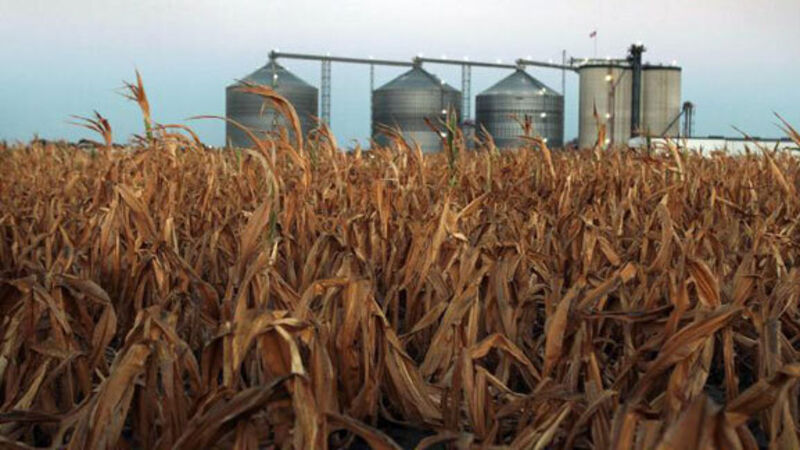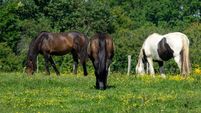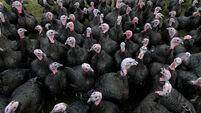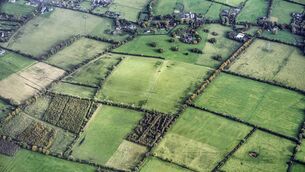Government should follow EU line on climate mitigation

Who can you believe on the topic of climate change?
That may be the question many people are asking themselves this week, after arguments broke out over what statistics we should base our climate change mitigation measures on.













